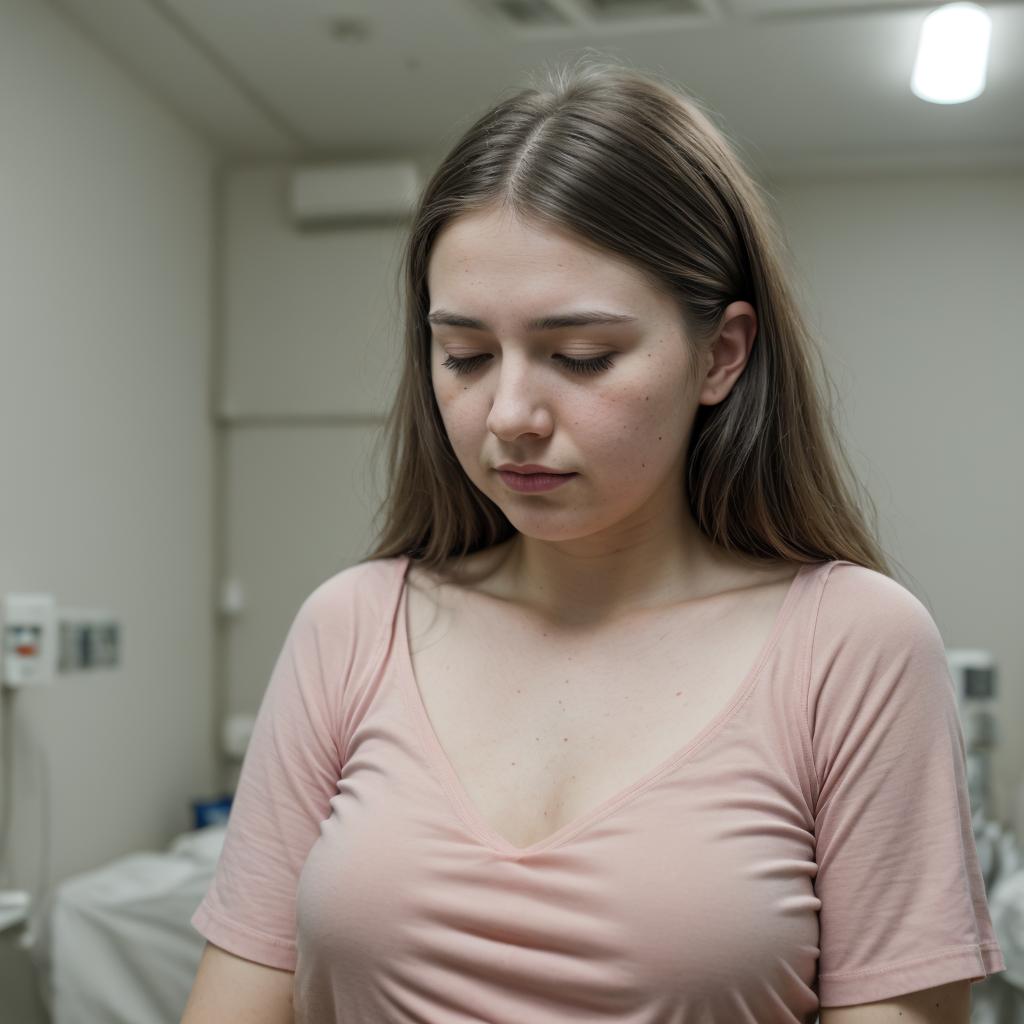

Understanding allergy under eyes
Allergies can manifest in various ways, and one common area they affect is the delicate skin under the eyes.
Allergy under the eyes, also known as allergic conjunctivitis or allergic rhinitis, occurs when allergens trigger an immune response in the body, leading to inflammation and irritation in the under-eye area.
Causes of allergy under eyes
Several factors can contribute to allergies under the eyes. Common triggers include pollen, pet dander, dust mites, mold, and certain foods. Allergic reactions occur when the immune system mistakenly identifies these substances as harmful and releases histamines to combat them. This immune response leads to inflammation and irritation, particularly in sensitive areas like the eyes.
Symptoms of allergy under eyes
Individuals experiencing allergy under the eyes may notice various symptoms, including:
– Itching or burning sensation under the eyes
– Redness and swelling
– Watery or teary eyes
– Dark circles or puffiness
– Sensitivity to light
– Blurred vision in severe cases
These symptoms can vary in intensity depending on the allergen and the individual’s sensitivity to it.
Treatment and management
Managing allergy under the eyes involves both avoiding triggers and utilizing various treatment options. Here are some strategies to alleviate symptoms:
Avoiding allergens:
Identifying and avoiding allergens is the first step in managing allergies under the eyes. This may involve keeping windows closed during high pollen seasons, using air purifiers, regularly washing bedding to remove dust mites, and minimizing exposure to pets if pet dander is a trigger.
Over-the-counter remedies:
Antihistamine eye drops or oral antihistamines can help alleviate itching and redness associated with allergy under the eyes. Over-the-counter decongestant eye drops may also provide relief from symptoms such as swelling and puffiness.
Cold compress:
Applying a cold compress over the eyes can help reduce swelling and soothe irritation. A clean cloth soaked in cold water or a chilled eye mask can provide relief from discomfort.
Prescription medications:
For severe cases or persistent symptoms, prescription-strength antihistamine eye drops or corticosteroids may be necessary. These medications can help control inflammation and provide long-term relief from allergy under the eyes. However, they should be used under the guidance of a healthcare professional.
Allergy immunotherapy:
In cases of chronic or severe allergies, allergy shots or sublingual immunotherapy (allergy tablets placed under the tongue) may be recommended. These treatments aim to desensitize the immune system to specific allergens over time, reducing the severity of allergic reactions.
Prevention tips
While it may not be possible to completely eliminate allergy under the eyes, certain precautions can help prevent flare-ups and minimize symptoms:
– Keep indoor spaces clean and dust-free.
– Use allergen-proof pillowcases and mattress covers.
– Wash hands frequently, especially after petting animals.
– Avoid rubbing or touching the eyes excessively.
– Wear sunglasses outdoors to protect the eyes from pollen and other allergens.
Allergy under the eyes can be uncomfortable and disruptive, but with proper management and avoidance of triggers, individuals can experience relief from symptoms. By understanding the causes and symptoms of allergy under the eyes and implementing appropriate treatment strategies, it is possible to minimize the impact of allergies on daily life and maintain healthy, clear skin around the eyes. If symptoms persist or worsen, consulting a healthcare professional is advisable to determine the best course of action for individualized treatment.



